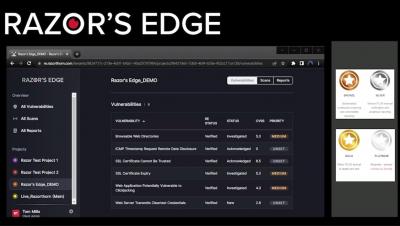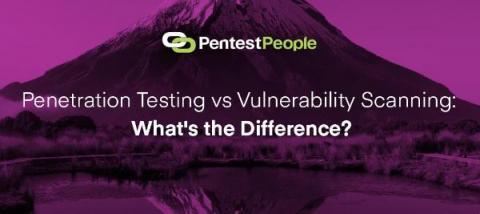The Power of Continuous Penetration Testing
As organisations continue to become more reliant on technology, cyber security threats become more frequent and sophisticated. With more and more data being stored online, it’s crucial that organisations protect their systems and data from cyber attacks. Penetration testing is an effective way to identify vulnerabilities and weaknesses in an organisation’s cyber security defences, but traditional penetration testing has limitations.









